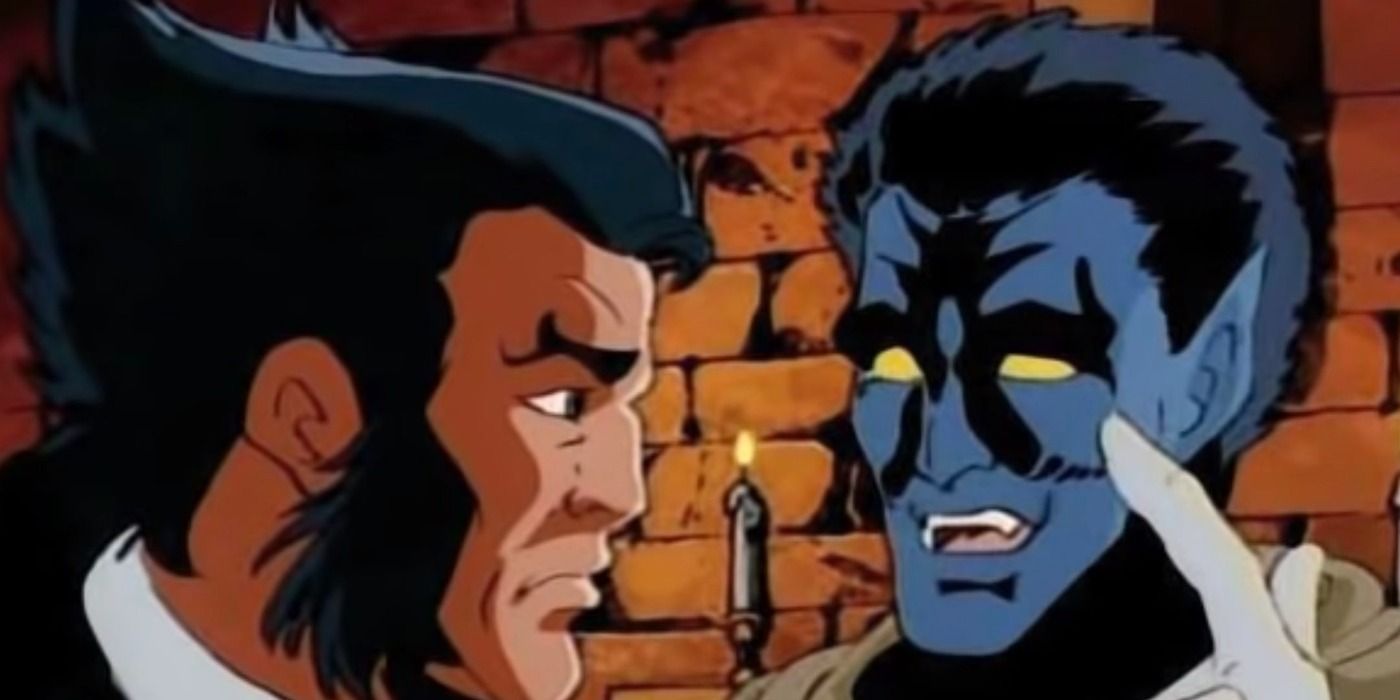Nightcrawler‘s most important X-Men story, an adventure that redefined him, didn’t actually occur in the comics at all. Hailing from Germany, Kurt Wagner – the X-Men’s favorite teleporting fuzzy blue elf – is best known as the team’s spiritual guide. He’s traditionally portrayed as an ardent Catholic, although the current range of comics are subverting this by having Nightcrawler lose his faith and take the first tentative steps in founding a new mutant religion.
But when did Nightcrawler’s faith become central to his character? Comic Book Herald recently did a deep-dive into the history of Nightcrawler, and – while they were able to identify strong religious stories and themes that ran all the way back to Uncanny X-Men #164 – they noted he was traditionally portrayed in a much more three-dimensional way, with his faith only serving as one facet of his character. All that seemed to change from the ’90s onwards, though, as Kurt’s Catholicism increasingly became seen as his defining attribute.
CBH suggests there’s a simple reason for this change in portrayal; it’s because of the success of X-Men: The Animated Series, which for an entire generation of fans became the defining portrayal of Marvel’s merry mutants. Nightcrawler wasn’t a member of the team, but he did make an appearance in season 4’s excellent premiere, appropriately called “Nightcrawler.” In the comics, the demonic Nightcrawler was introduced on the run from a mob only to be rescued by Charles Xavier; in X-Men: The Animated Series, this origin story was rewritten so he’d found sanctuary in a church. He was raised to be a monk, and the positive example of his faith even led to a closing scene in which Wolverine was shown praying.

X-Men: The Animated Series seems to have had a lasting impact on the popular perception of Nightcrawler because since then spirituality has become the dominant theme in his stories. This was even the case on the big screen, with X2: X-Men United introducing a version of Kurt who sought sanctuary in a church and scarred himself in acts of penance; meanwhile, the comics literally turned Nightcrawler into a priest for a time (it was eventually retconned to all be a pretty insane trick). Kurt’s Catholicism is now seen as so central to his character that Kodi Smit-McPhee’s Nightcrawler (in X-Men: Apocalypse and X-Men: Dark Phoenix) was criticized by many because he wasn’t a visible man of faith.
It’s interesting to note that Nightcrawler stands apart from many religious characters in X-Men comics, though, in that he is generally a positive example of religion. The X-Men in particular have often found themselves going up against religious extremists, with Chris Claremont even creating the prejudiced Reverend Stryker as a critique of American fundamentalism and televangelists. Nightcrawler is quite a unique figure in the X-Men mythos, in that his religion has rarely been portrayed as restrictive, rather it allows him to offer a unique spiritual perspective on the crises the X-Men face. That perhaps explains why this version of Nightcrawler, the one popularized in X-Men: The Animated Series, has become so dominant.




